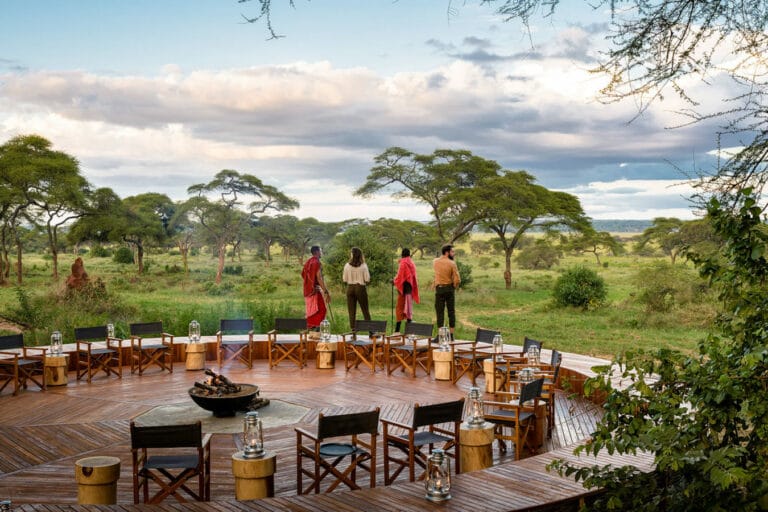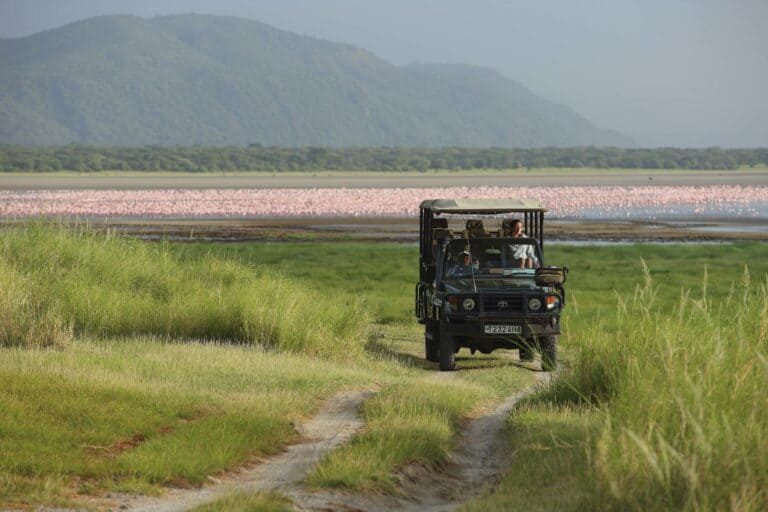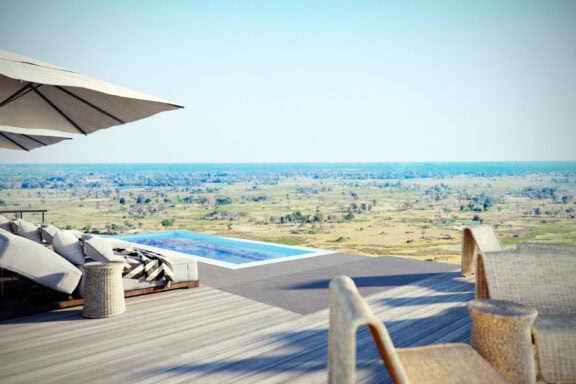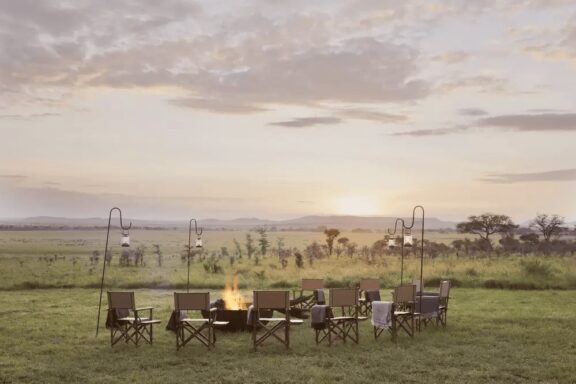The first light of dawn spills across the Serengeti, painting the sky in hues of amber and rose. The air hums with life and your nose twitches at the scent of grass and dust, while your ears begin to identify the tell-tale roar of a distant lion, the calls of circling vultures, and the rustling of grass as a herd of wildebeest moves steadily across the plains.
This is Africa at its most iconic. No other safari destination commands more respect and attention than Serengeti National Park, and for that reason, it remains top of the bucket list for many travellers. In short, it’s a vast wilderness where nature reigns supreme and the cycle of life plays out in all its breathtaking splendour.
The Great Migration puts on the greatest wildlife show on earth, bringing droves of antelope and zebra face-to-face with the Serengeti’s impressive array of large predators. Seemingly untouched by the trials of society, the Serengeti is a world unto itself; a place where the wild still rules, untouched and eternal.













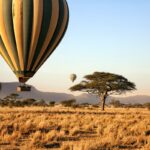





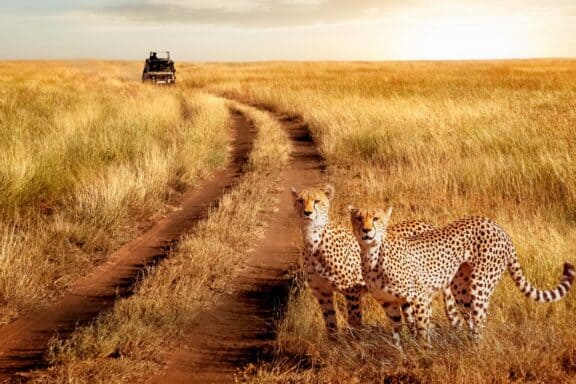
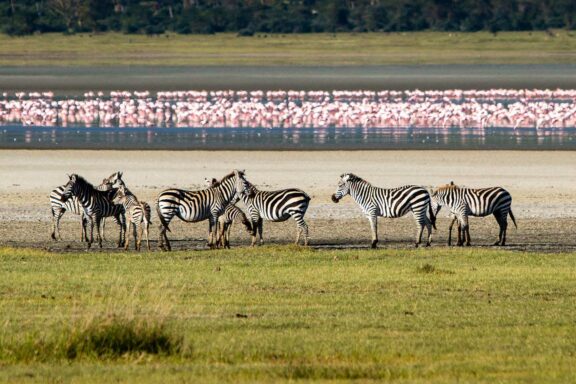
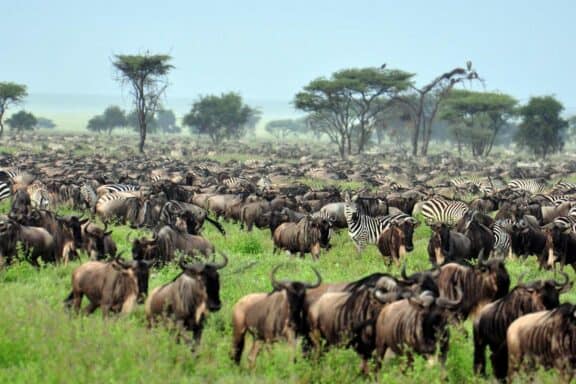

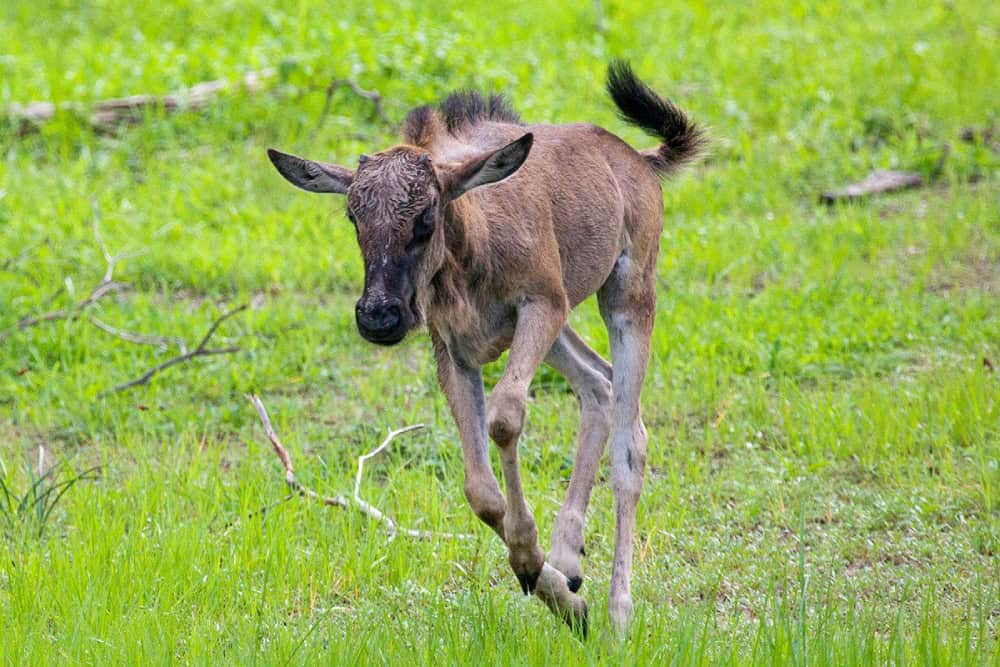
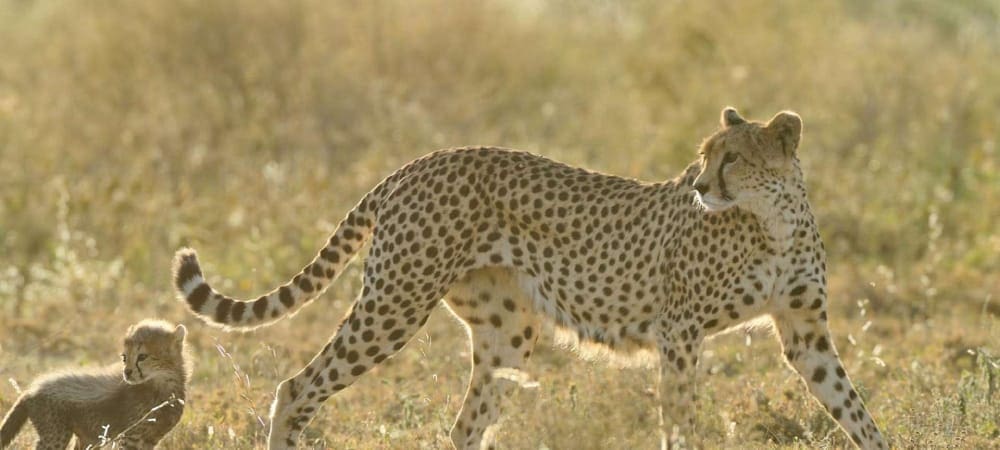
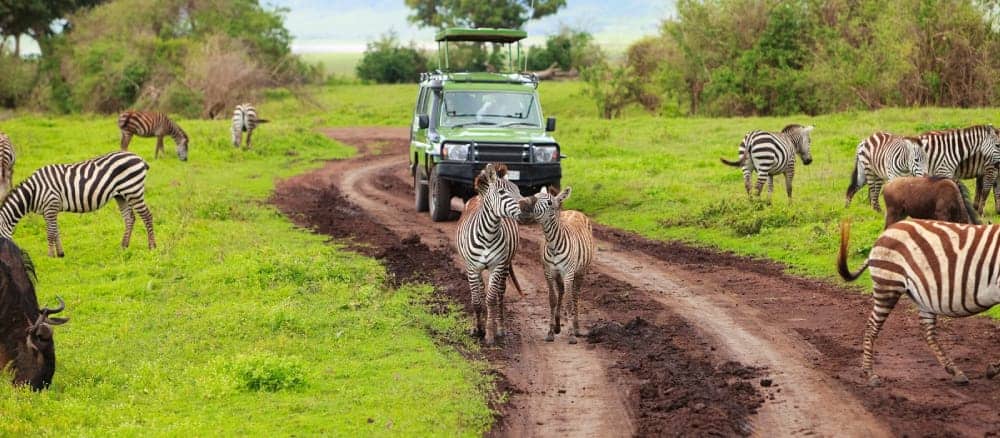
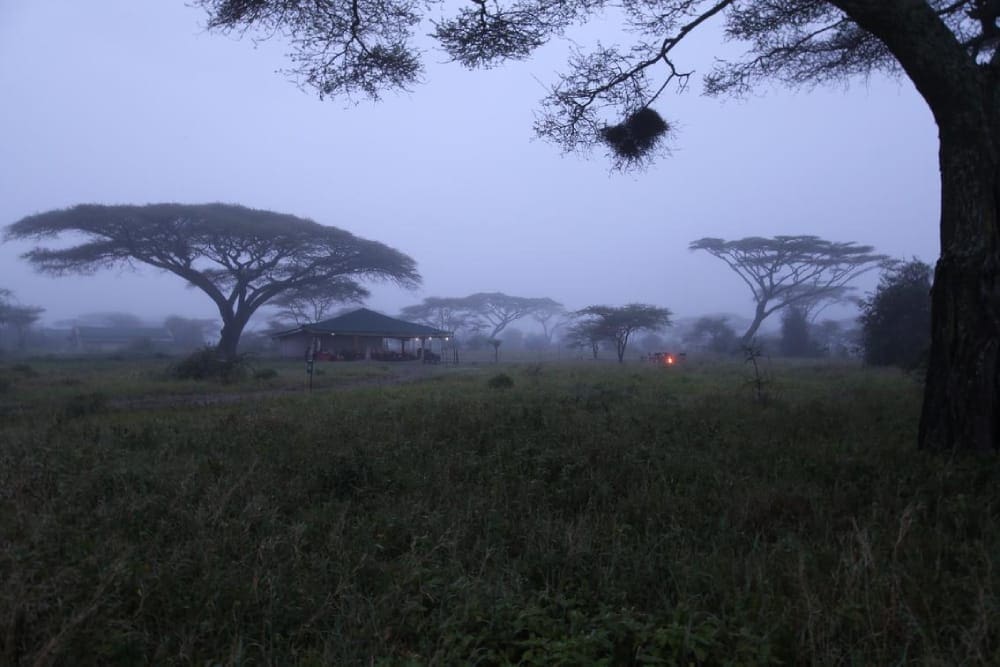
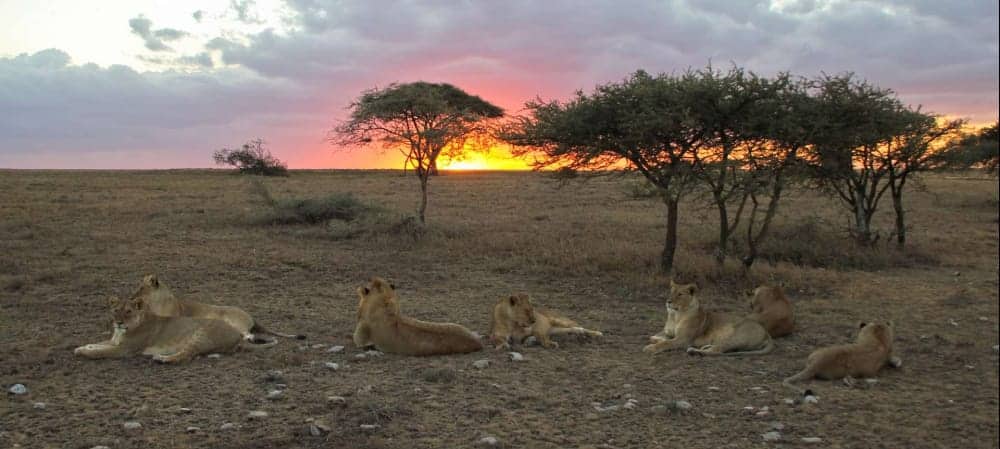
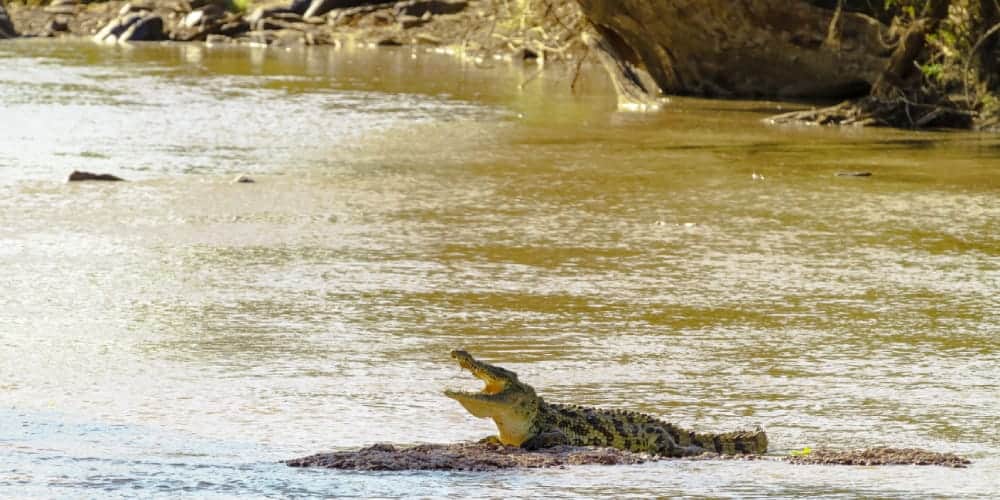


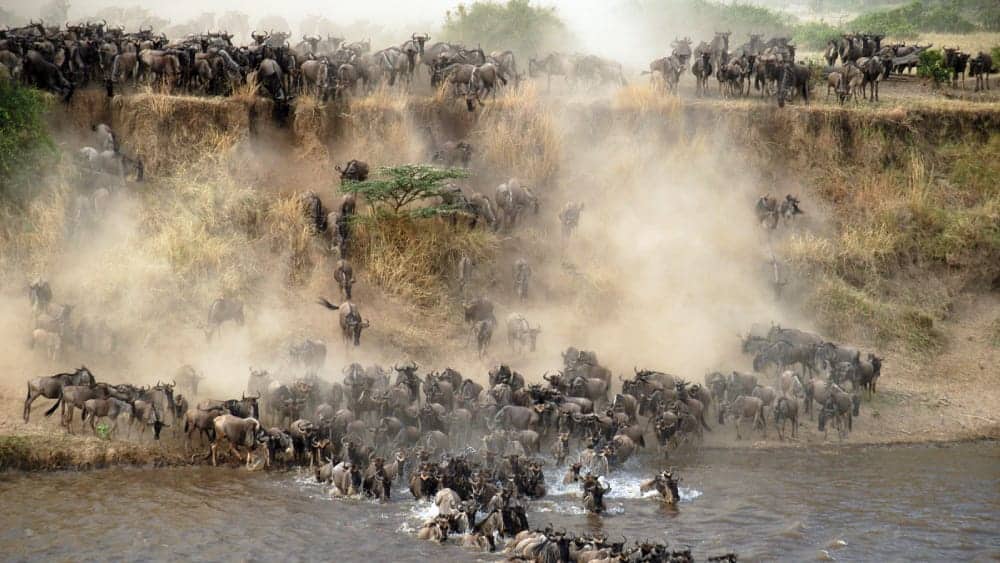

 Credit: Singita Sabora Camp
Credit: Singita Sabora Camp